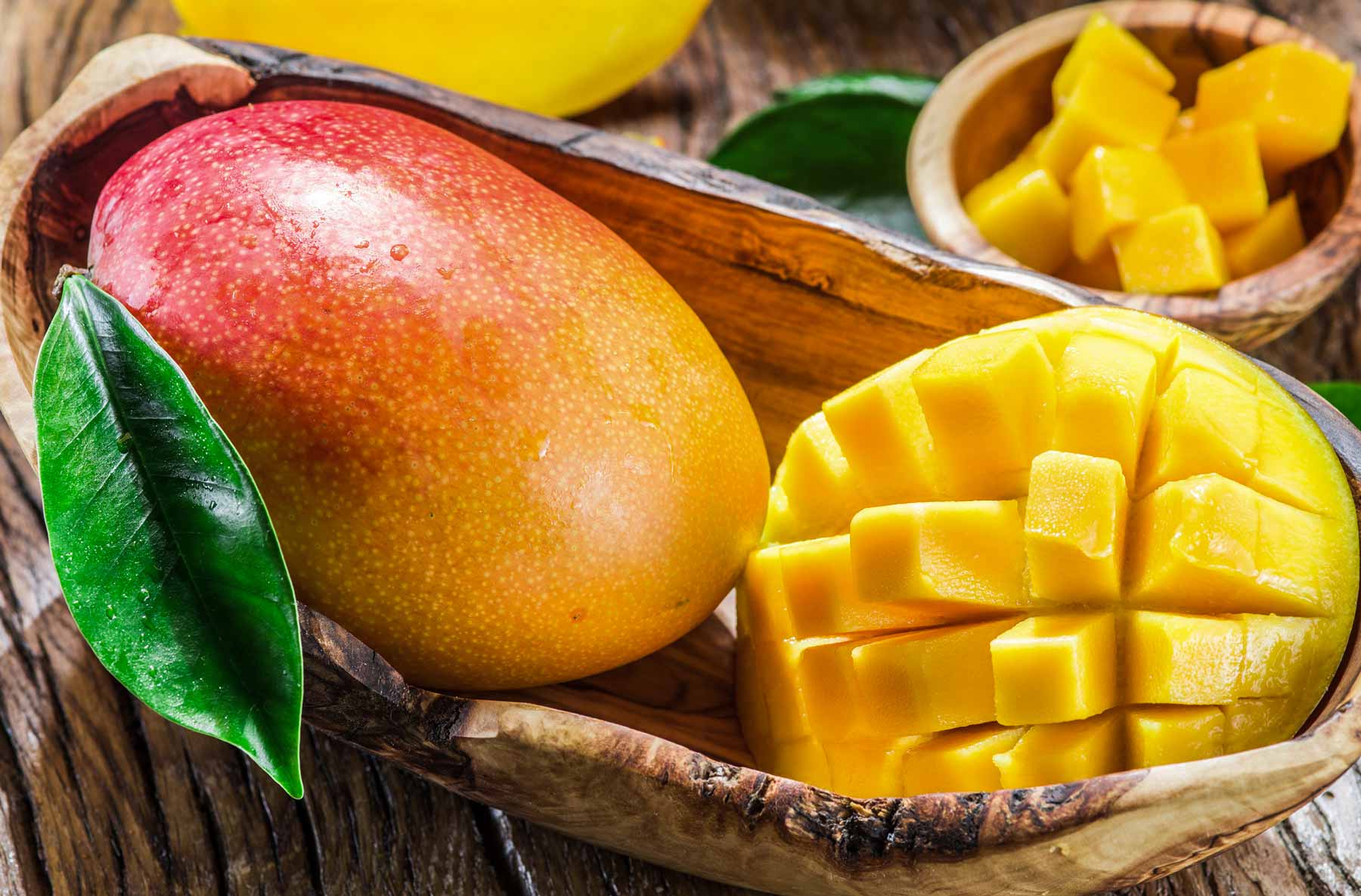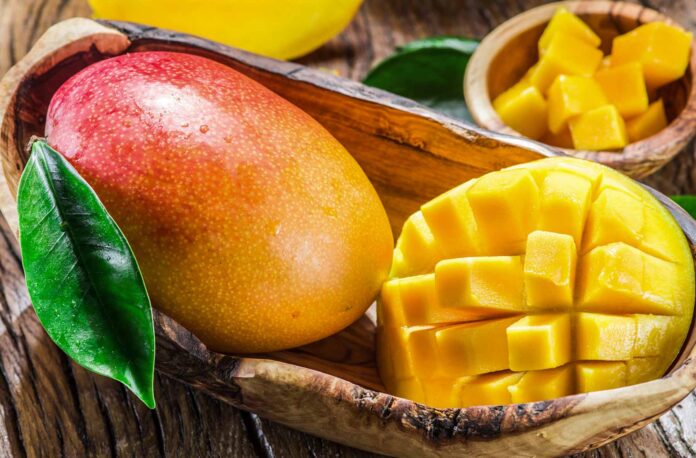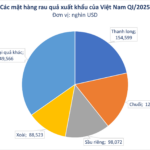According to reports from Chinese Customs, the country has been ramping up its imports of mangoes, with an astonishing year-on-year increase, bringing the total import value of mangoes to $29 million. This surge is mainly attributed to the seemingly insatiable demand for tropical fruits in China, coupled with a shortage of domestic supply.

Vietnam currently produces around 1 million tons of mangoes annually, catering not only to the Chinese market but also to the demands of the US, South Korea, Japan, and the Netherlands. Image source: Retail News Asia
Mango Export Situation to China
Among the six countries exporting mangoes to China, Vietnam has emerged as a standout performer, achieving significant growth rates. While exports from Cambodia, Peru, Australia, Thailand, and the Philippines stagnated or declined, Vietnam’s mango export value soared to approximately $28 million—a staggering 145-fold increase compared to the previous year; the average price per ton of mangoes also increased significantly by nearly 73%.
Thailand’s position as the main exporter of mangoes to China has diminished considerably, dropping to the fifth rank with a sharp 70% decline in export value, amounting to just $65,000.
On May 25, Retail News Asia reported that this shift underscores Vietnam’s competitive advantage in terms of accessibility, owing to its low logistics costs and geographic proximity to China.
Quality and Affordability
The Vietnam Vegetables and Fruits Association emphasizes that Vietnamese mango products stand out due to their quality and affordability, appealing to modern Chinese consumers. Local mango varieties such as Hoa Loc and Cat Chu are especially favored for their rich flavor.
A spokesperson for the association noted, “These mango varieties match the taste preferences of Chinese consumers.”
Experts attribute the prominent presence of Vietnamese mango products in the Chinese market to the country’s pricing strategy. Vietnamese mangoes are priced at an average of $700 per ton, in stark contrast to competitors’ prices ranging from $6,000 to $11,000 per ton, such as those from Thailand, Peru, Australia, and the Philippines.
Demand and Seasonal Fluctuations
According to Retail News Asia, China’s soaring demand for mangoes—both for fresh consumption and processing—has created an essential need for imports, particularly during the off-season. Vietnam currently produces around 1 million tons of mangoes annually, catering not only to the Chinese market but also to the demands of the US, South Korea, Japan, and the Netherlands.
Nearly 2,000 hectares of mango plantations in the Mekong Delta, certified to global standards, play a pivotal role in meeting China’s stringent import requirements. Notably, Vietnam’s off-season mango production from September to March perfectly aligns with China’s shortage during these months, allowing our high-quality mangoes to command impressive prices of up to VND 100,000 per kg.
The Next ‘Electrostates’: A Country Poised to Leave the US and EU in the Dust.
The race to become a leading electrostates is on, and one nation is surging ahead, leaving the US and the EU in its wake.
Unlocking New Opportunities for Vietnamese Durian in the Chinese Market
The king of fruits, durian, is set to conquer new territories as Vietnam’s durians gain traction in the massive Chinese market. With nearly 1,000 approved codes, the fragrant and flavorful Vietnamese durians are now poised to tantalize the taste buds of Chinese consumers, presenting a golden opportunity for the country’s farmers and exporters alike.





















